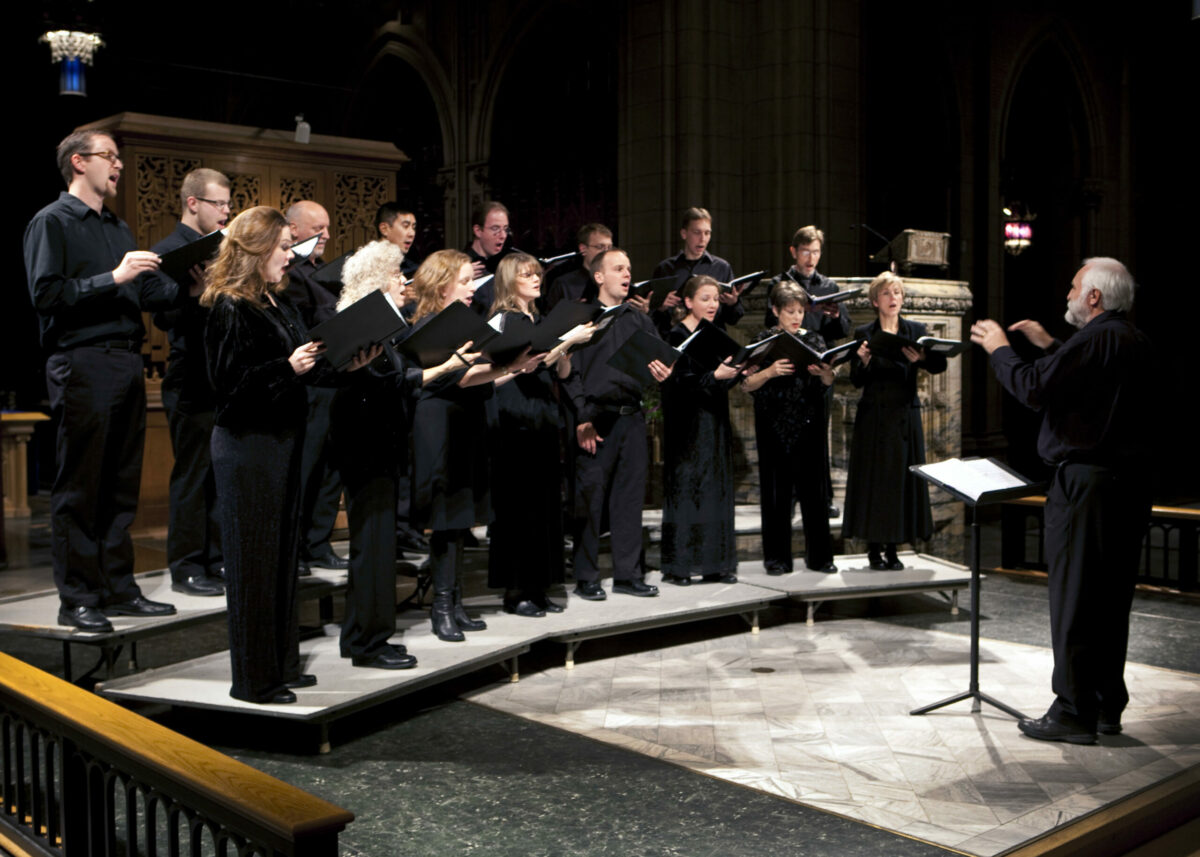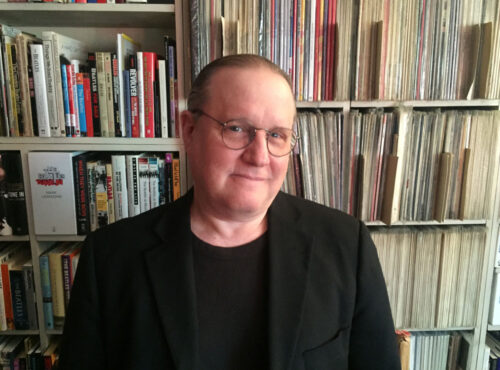This feature appeared in the May 2022 issue of EMAg, the Magazine of Early Music America.
In a feedback loop with critics and marketing, are musicians looking for “crisp” playing while neglecting other sonic possibilities?

“Crisp articulation.” “Crisp enunciation.” “Crisp rhythm.” These qualities are often evoked by today’s music critics in performances of music ranging from the Renaissance to the 19th century. This language has been picked up by some performers, too. Curiously, these traits are not noticeable in historical treatises.
The Newberry Consort gave “lively, crisply articulated performances” of Robert Morton’s “L’Homme armé” setting, according to a 2005 review by Allan Kozinn in The New York Times. His Times colleague James Oestreich, in 2016, noted that the conductor Matthew Hall, “who has honed his early-music credentials as artistic director of the Oregon Bach Festival, brought his own ideas of period style into play” with the Mozarteum Orchestra in a program of Mozart and Beethoven, “eliciting smooth yet crisply articulated playing at brisk tempos.”

In Early Music America, Kyle MacMillan described a 2020 recording of Beethoven symphonies under Jordi Savall, in which the first movement of Eroica had a “compelling urgency…with crisp articulations and snappy sforzandos.” John von Rhein (Chicago Tribune, 2017) reviewed the Baroque violinist Fabio Biondi’s debut with the Chicago Symphony Orchestra, in which Biondi directed an Italian Baroque program “with occasional flourishes of his baroque bow to ensure crisp attacks and elegant releases.”
Singers are also lauded for a “crisp voice” and delivery: Anne Midgette (NYT, 2005) commented that the mezzo-soprano Magdalena Kožená “settled into a repertory that fits her well: early music and early Classical, which allow her considerable scope while fitting the dimensions of her lyrical, crisp voice.” Bernard Holland (NYT, 1987) similarly praised Suzie LeBlanc who “sang in a musically communicative, purely tuned soprano—and one that enunciated crisply in all four languages.”
Since noticing this word, I find myself playing a game of bingo when reading reviews. One particularly uneventful weekend I decided to find out how many “crisp” mentions I could collect among early-music reviews. The search portal of The New York Times alone yielded over 80 results. Together with other reviews from newspapers that cover early-music scenes in areas such as Boston, the San Francisco Bay Area, and London, I cataloged over a hundred such reviews, representing but the tip of the iceberg.
EMA members can read the full article by logging in. Not a member? Join today!

